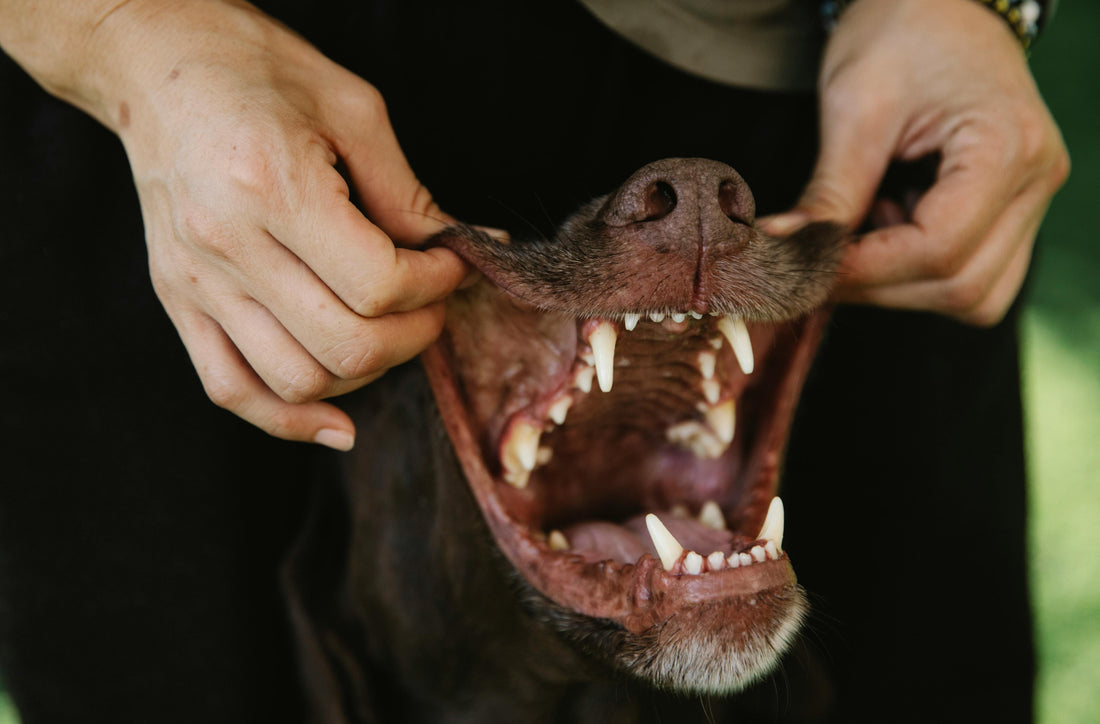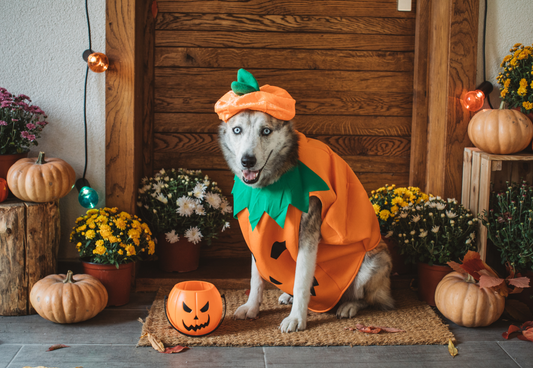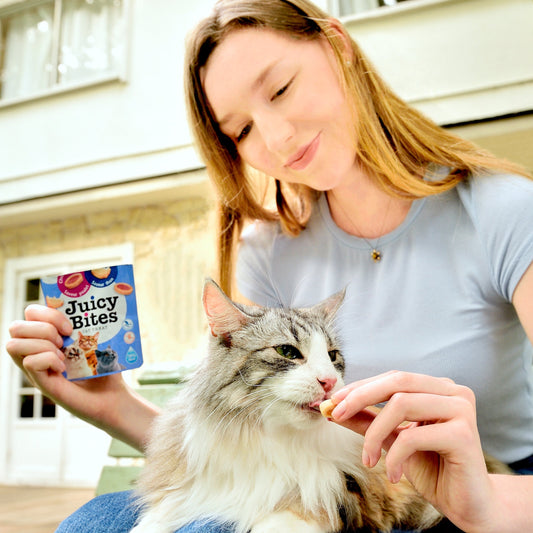A professional dog dental cleaning is one of the best things you can do for your pup’s long-term health, but if it’s your first time, you might have a few questions. How does dog dental cleaning work? Is it safe? What does recovery look like?
Here’s what you can expect before, during, and after a dental clean. Plus, how to prepare and support your dog through it.
Why Dog Dental Cleaning Matters
Dental disease affects more than 80-90% of dogs over the age of three. It can lead to painful infections, tooth loss, and even impact the heart or kidneys. It has a lot more to do than just cause bad breath.
A professional cleaning can help:
- Remove plaque and tartar buildup
- Prevent gingivitis and periodontal dental diseases
- Improve dog breath
- Protect your dog’s overall health
If your dog already shows signs of red gums, yellow teeth, or difficulty chewing, it might be time to read more about dog gingivitis treatment and consider booking a cleaning.
How Dog Dental Cleaning Works
So, how does dog dental cleaning work? It’s more in-depth than a quick brush at home.
Let us show you a breakdown:
- Pre-exam and bloodwork - Your vet will check your dog’s health and run tests to make sure anaesthesia is safe.
- Anaesthesia - Your dog will be put under general anaesthesia to allow a thorough, stress-free clean.
- Scaling and polishing - Vets use special tools to remove tartar above and below the gumline, then polish the teeth smooth.
- X-rays (optional) - If there are signs of damage, x-rays may be done to check below the gumline.
- Extractions (if needed) - Severely damaged or infected teeth may be removed to prevent further pain or disease.
How Safe Is Dog Dental Cleaning?
You’re not alone in asking how safe dog dental cleaning is. While any procedure under anaesthesia carries some risk, modern veterinary protocols make it very safe for healthy pets.
To minimise risk:
- Follow your vet’s fasting instructions
- Share your dog’s full medical history
- Choose a clinic with up-to-date monitoring equipment
If you’re concerned, speak with your vet about your dog’s individual risk factors.
Dog Dental Cleaning Cost: What to Expect
The dog dental cleaning cost can vary depending on your dog’s size, whether x-rays or extractions are needed, and your location. In Australia, basic cleanse start around $400-$800, with more complex cases costing upwards of $1,000.
While it’s an investment, routine cleaning can save you money in the long run by preventing advanced dental disease.
What To Expect After Dog Dental Cleaning
After the procedure, your dog might be a bit groggy for a day or two. Here’s what’s normal post-clean:
- Mild sleepiness or disorientation
- Soft food for 24-48 hours
- Slight gum sensitivity
- Possibly antibiotics or pain relief if extractions were done
What to expect after dog dental cleaning depends on your dog’s age, the condition of their teeth, and the depth of the cleaning. Most pups bounce back quickly, no need to worry!
How To Prepare for a Dog Dental Clean
Before the procedure:
- Follow fasting instructions (usually no food after 8pm the night before)
- Bring your dog’s current medications
- Ask if you should arrive early for pre-anaesthetic bloodwork
Afterwards, support healing by feeding nutritious dog food Australia and avoiding hard chews until your vet gives the all-clear.
Maintaining Dental Health at Home
Once your dog’s teeth are sparkling clean, keep them that way with daily or weekly care.
Try:
- Brushing - Learn how to brush dog teeth at home using pet-safe toothpaste
- Chews - Wondering, “how often should I give dog dental chews?” The answer is that once a day is ideal for most dogs
- Routine vet checks - Catch issues early before they require surgery
Support Your Dog’s Dental Health Every Step of the Way
A professional clean is just the beginning. At Healthy Pet Co., we’ve made it simple to maintain your dog’s oral health with daily chews, dental-friendly treats, and nourishing food that supports healing and long-term wellbeing.
Keep their teeth clean and their breath fresh. Shop our dental care essentials today.




